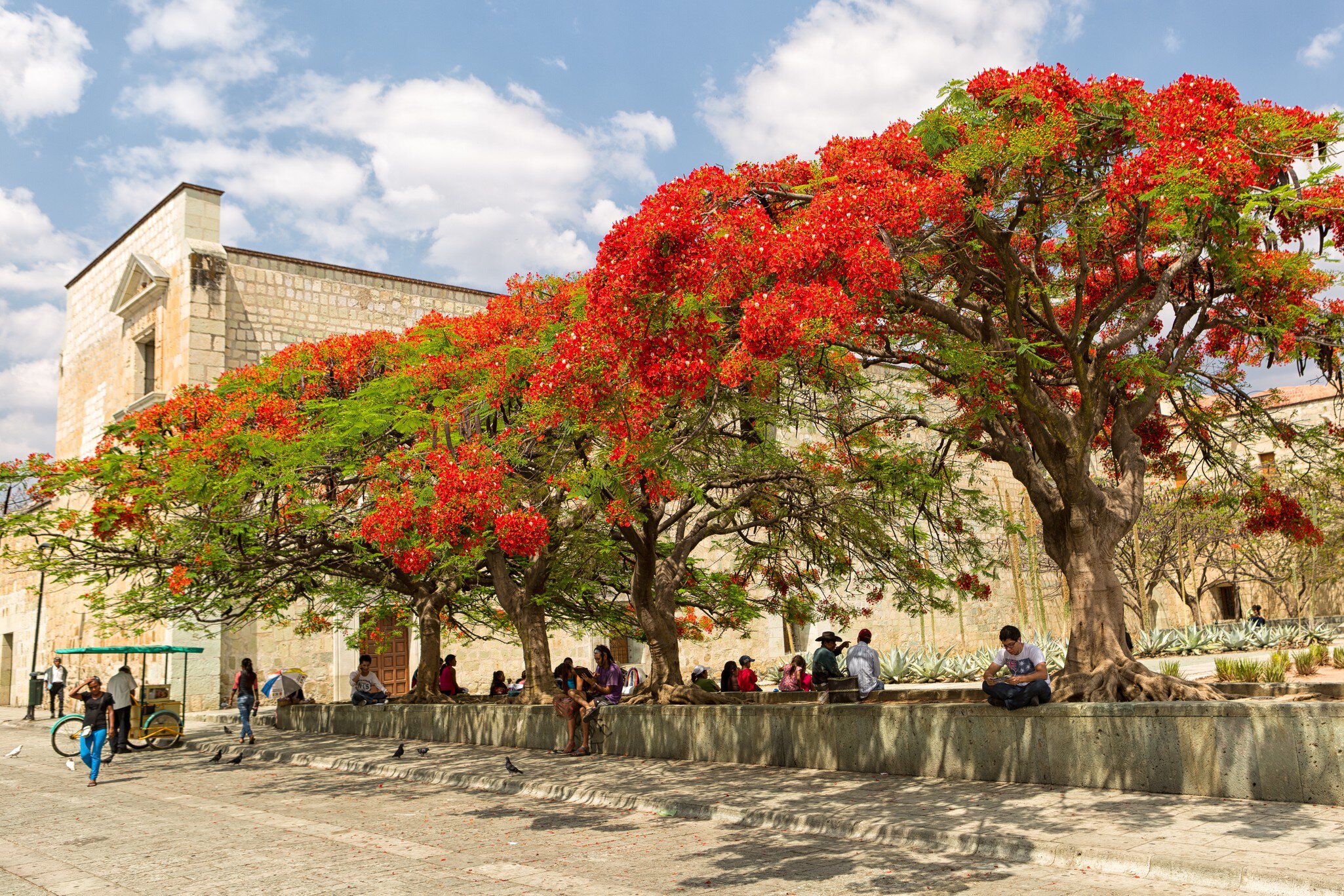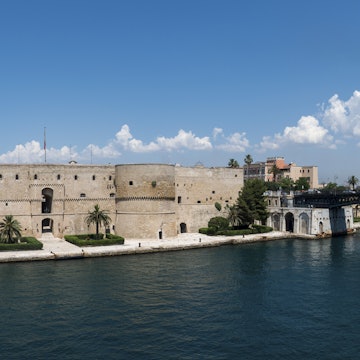
Overview
In Puglia, everything the Italophile craves is here in abundance: ancient towns, extravagant churches, seas of olives, olive-green seas and food to equal of anywhere else in Italy.
Lonely Planet's Recommended eSIM
Stay connected in Puglia
Saily is an affordable eSIM service that helps you stay connected and secure, anywhere in the world.
Must-see attractions
Planning Tools
Expert guidance to help you plan your trip
Best Things to Do
Puglia exemplifies the seductive allure of Southern Italy – plot your sojourn to pristine beaches, woodland trails, local feasts and other top highlights.
Read full article
Best Places to Visit
These beguiling places merit inclusion on any itinerary for this fabulous region.
Read full article
Best Time to Visit
Whether you're into summer festivals or nativity scenes at Christmas, here is a guide to help you pick the perfect time for your visit to Puglia.
Read full article
Things to Know
Follow these travel tips to plan your visit to Puglia in southern Italy and embrace the rhythm of local life.
Read full article
Transportation
What’s the best way to get around Italy’s “boot heel”? Read our guide to find out.
Read full article
Money and Costs
While on the rise in recent years, Puglia is still a relatively undiscovered destination for foreign visitors. Italians, though, have known for a very long…
Read full article
Traveling with Kids
Puglia is an Italian vacation destination that can satisfy the whole family. Here are the region's best things to do with kids.
Read full article
Best Road Trips
The best way to get around Puglia is definitely by renting your own set of wheels – here are five of the best drives in Italy's boot heel.
Read full article
Get a book. Get inspired. Get exploring.
in partnership with getyourguide





















